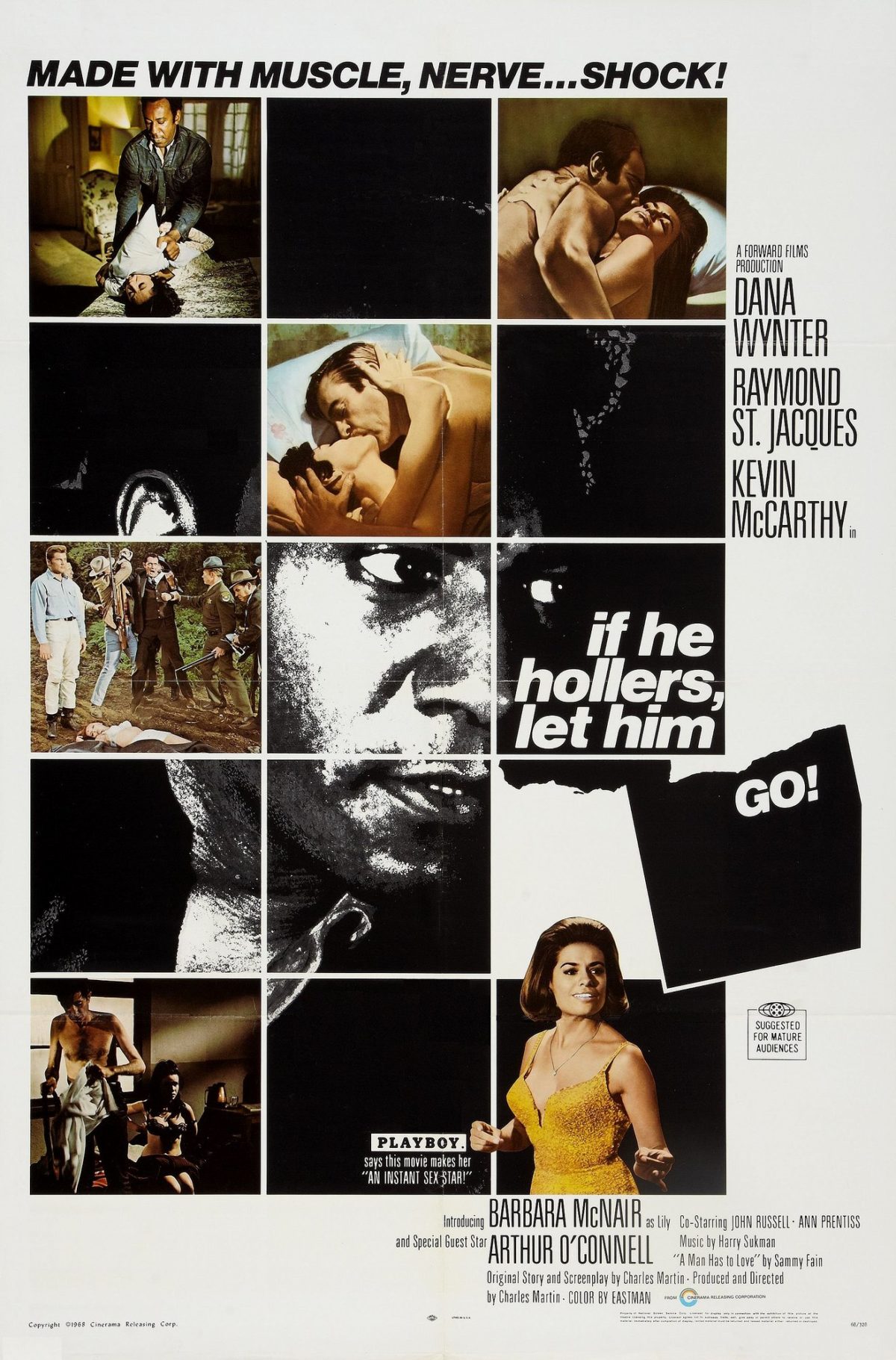In the article “Noir by Noirs: Towards a New Realism in Black Cinema,” Manthia Diawara introduces the idea of “noir by noirs” as “the redeployment of noir style by Black filmmakers [that] redeems Blackness from the genre by recasting the relation between light and dark on the screen as a metaphor for making Black people and their cultures visible” (526-527). Chester Himes and his literary works are cited as examples of noir by noir narratives influential for the ways in which they took the conventions of early American noir (dominated by stylized contrasts of light versus dark put forth by white authors) and recontextualized them to portray the realities of Black American life. Himes’ practice of subverting the expected relationship between light and dark/moral and immoral in his writing informed black filmmakers also working in the noir genre to take those same conventions and subvert in their own medium. “In a broader sense,” Diawara writes, “Black film noir shines light (as in daylight) on Black people” (527).
Diawara’s article was published in 1993, placing it in-between the publication of Walter Mosley’s Devil in a Blue Dress in 1990 and its film adaptation starring Denzel Washington in 1995. Referencing films contemporary to the article, Diawara observes that “[t]he characters accumulate through the transformation of the consciousness of Blacks caring for Blacks, the resistance to colonizing structures, and the move toward a good-life society which is based on material conditions” (536). This shift in the telling of Black stories is attributed to the agency of writers and filmmakers working to maintain a sense of fidelity using Black realism within the genre of film noir. Given the period in which Diawara is writing, his analysis is aptly applied to Mosley’s approach to the genre while writing Devil in a Blue Dress.
The character changes identified by Diawara (Blacks caring for Blacks, a resistance to colonizing structures, and a move toward a good-life society) are based on character transformations in a number of films from the 90s: “Deep Cover, Do the Right Thing, Joe’s Bed-Stuy Barbershop: We Cut Heads, Boyz N the Hood, and Juice” (536). At this point, Black filmmakers were promoting stories of emancipation and power within Black communities, often operating against the established narrative patterns and norms established within the genres they were operating within (obviously, film noir being the main focus of Diawara’s analysis). This approach to character, however, extends into the literature being written in the 90s, as evidenced by Mosley’s writing.
In Devil in a Blue Dress, Black characters to caring for one another is consistently seen. After losing his job with Champion for refusing his white boss’s demand to work extended hours, Easy is in danger of losing his home, as he can’t afford the mortgage payments. Joppy, for better or for worse, then sets Easy up with DeWitt Albright to help him make a quick buck and keep his house. Later, Easy visits John’s Place, an illegal speakeasy which immediately presents itself as fundamentally ingrained within Easy’s Houston-Los Angeles network and community. The woman working the front and her nephew, the bouncer, are friendly and familiar with Easy, offering him sincere advice and information with his safety in mind. Though this treatment is extended to Easy rather than enacted by Easy himself, his perspective on these events signify a shared ideology with each of these characters and their actions.
John’s Place then serves to represent a resistance to colonizing structures. Even though Prohibition has ended by the events of the novel, John continues to operate it illegally, as there is no question of the city government’s prejudice towards John and his business operations; the fact that his business is now legal makes no difference to those in positions of power. Easy’s assertion that he might meet the sheriff with a rifle if they attempted to evict him from his home also represents an abjection towards authority and the revocation of land Easy feels rightfully entitled to owning.
Easy’s house then also represents a move toward a good-life society based on material conditions. Home ownership is important to Easy, as it gives him something that is undoubtedly his, property that makes him as successful and in many ways equal to white landowners in the United States. It represents an emancipation from renting and being beholden to the whims of a landlord. To own land is to exert a right previously denied to Black people throughout the United States. For Easy, home ownership “constitutes a rite of passage from childhood to adulthood, from chaos to organization, from powerlessness to empowerment” (Diawara, 536).
